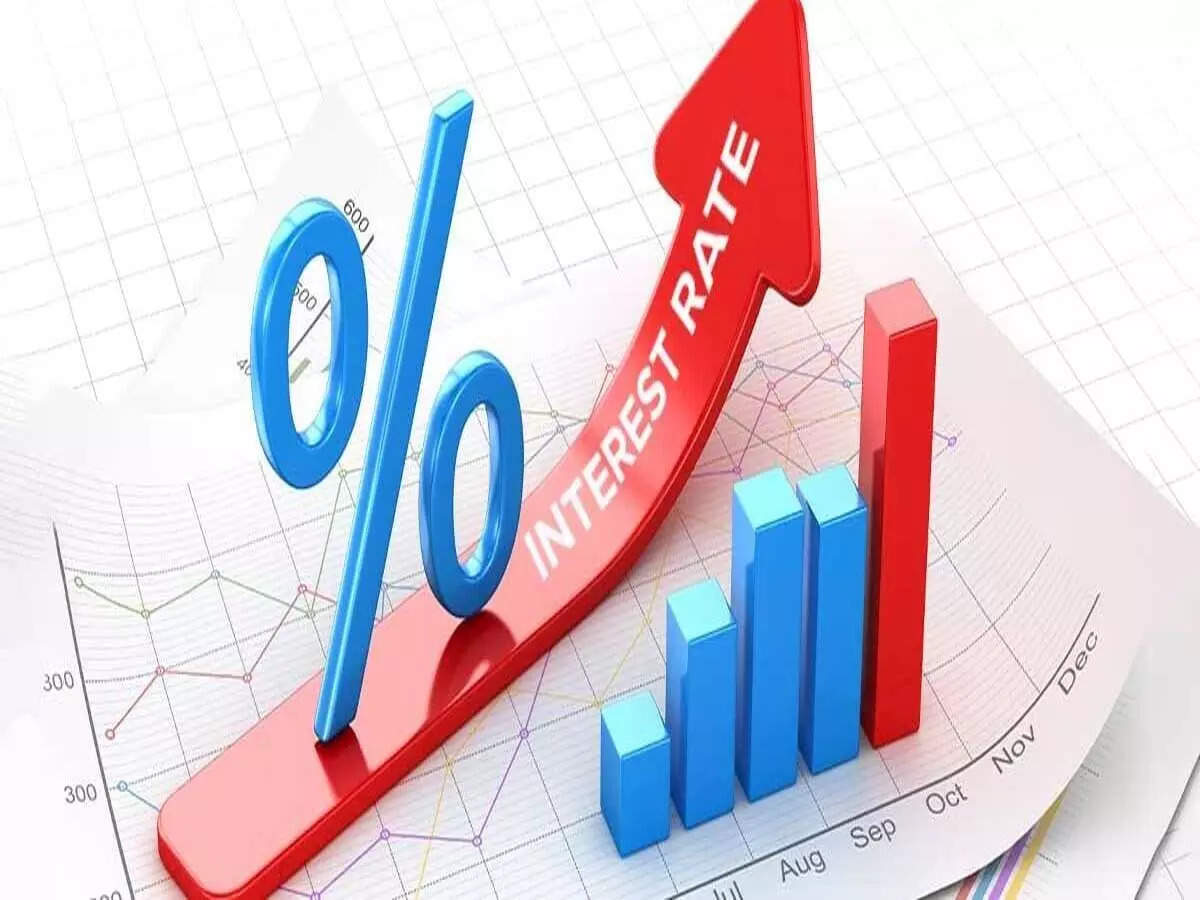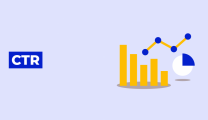What is the conversion rate?
In Digital Marketing, every time someone takes an important action for your brand’s purpose, it accomplishes what we call conversion.
So, every digital action in your company needs to direct the buyer persona to conversion.
Depending on your strategy, this action can be filling out a form, buying a product, following on social media, etc.
Conversion rate is a metric used to track how much of your audience actually converts and brings results for the business.
And how is it done? By calculating the number of conversions compared to the total number of visitors to the channel in question. This channel can be a landing page, an e-commerce product page, or a subscription form.
Why do you need to monitor the conversion rate closely?
What would you say if you found out that you can profit twice as much from sales on your site without increasing even a penny in your marketing budget?
It’s not fantasy. It happens. But only with those who monitor the conversion rate precise and regularly.
So, there is no denying that tracking the conversion rate is very important for any Digital Marketing strategy for several reasons.
First of all, this indicator will show the return on investment (ROI) of the marketing actions and show whether the planning should remain the same.
By measuring the conversion rate at all stages of the buyer’s journey and tracking the progress of visitors and leads through the funnel, you can find bottlenecks and identify opportunities you’re missing.
Even profitable and successful companies invest in CRO (Conversion Rate Optimization). Why?

There’s always room for improvement, and CRO is one of the best ways to increase revenue and decrease costs without radical measures. You only need to optimize the structure that already exists.
But how are you going to improve what you don’t know? Tracking the conversion rate is the first step to spotting problems and adjusting them, as well as creating alternative ways to improve what already works well.
How to calculate the conversion rate?
There is a formula for calculating your blog’s conversion rate. But even if you hate math, you don’t have to worry, because it’s simple.
The calculation is done in percentage and compares the total number of visitors to a page with the number of users converted to it.
If you have a landing page with the following numbers:
- visitors: 5.000
- converted people: 50
Calculating your conversion rate for that page would be total conversions divided by total visitors. So 50/5000 = 1%.
Even though it’s easy to get to these numbers, you don’t have to do it manually.
The main metrics analysis tools in the market, like the powerful Google Analytics, have ways to track the conversion rate accurately and quickly.
Thus, you can check the business’s performance as a whole by tracking the total leads generated, budgets requested, and sales made.
But you can also be more specific and observe specific channels and strategies.
How do I determine if my conversion rate is good?
It’s one thing to know how to do the math, another knowing what the numbers mean. You need to know whether the results are good or bad news for the future of the business.
A company with a 10% conversion rate may be on the verge of collapse, while another company with 1% may be comfortable.
How is this possible? Because the conversion rate varies from one market segment to another.
The best way to determine if your rate is good is to know the numbers in your expertise area.
This is even more relevant for companies looking for foreign investment, as investors rely on this type of data as a way of knowing if the bet is safe.
Fortunately, there are excellent sources of information and benchmarking tools available. They will help you discover your segment numbers and establish a standard for your analysis.
Finally, keep in mind that your conversion rate should always increase. The monitoring and optimization work has no end for the good of your business.
How to increase conversions to make more money?
We are talking about the importance of tracking the conversion rate and all it involves, but the goal is to find the best ways and practices to optimize results.
So, here’s a little help in the right direction. Check 4 important and practical tips. Here’s how to use each one to convert better and make more money!
1. A/B testing
The A/B test is the basis of CRO and is the protagonist of numerous case studies that show amazing increases in conversions using changes of the most varied styles.
But what is an A/B test, anyway? It’s the comparison between two versions of the same page, with a change between them.
These two versions are available to users at the same time, with one percentage seeing variation A and the other accessing variation B. The goal is to see how the element under test interferes with conversions.
Imagine a conversion page that uses a person’s photo as a background. An A/B test option would be to test different photos and see which one has the best results.
At the end of the test, the winning variation is used for good.
2. Value proposition
One of the biggest differences between those who convert well and those who cannot convince the buyer persona to act is the ability to present the value of the offer available.
What do you want the person to do on your page? Sign up for a newsletter, download material, ask to speak to a salesperson, sign up to use your product for a free period?

The options are endless, but the real question must be: why should someone do what you want? In other words, what does the person gain from this?
In many cases, the page focuses too much on describing features and functionality, or already goes straight to justify the prices charged.
The priority must be to communicate the value, that is, what the person will gain from it. If you do it right, the price will make sense, common objections will fall, and your buyer persona will be more likely to act.
3. Mental triggers
Good conversion requires persuasive power and some elements to convince users without them noticing. Let’s talk about mental triggers.
It’s easy to resist a simple invitation to follow one more company on social media, but when the persona is invited to participate in a community of thousands of people, the story changes.
There are several triggers that you can use in different ways. These are some options:
scarcity: offering a few units of a product gives the feeling that it is popular and of great value;
urgency: fixed-term offers appeal to the immediate side, which makes us act quickly to take advantage of the offer;
exclusivity: limited editions and exclusive access to something that makes the persona feel special and important;
aversion to loss: if something motivates the human being more than the willing to win, it is the fear of losing. Showing what they will lose if they miss the offer is a great trigger.
4. Simple language
Last but not least, let’s talk about how to talk to an audience.
How many sites have you seen with sophisticated language (to look smart), but that doesn’t really communicate what the company does? You can lose count!
It doesn’t matter if you are part of a traditional market. Use clear, simple language that communicates your values and ideas without delay to attract users’ attention.












Replies to This Discussion